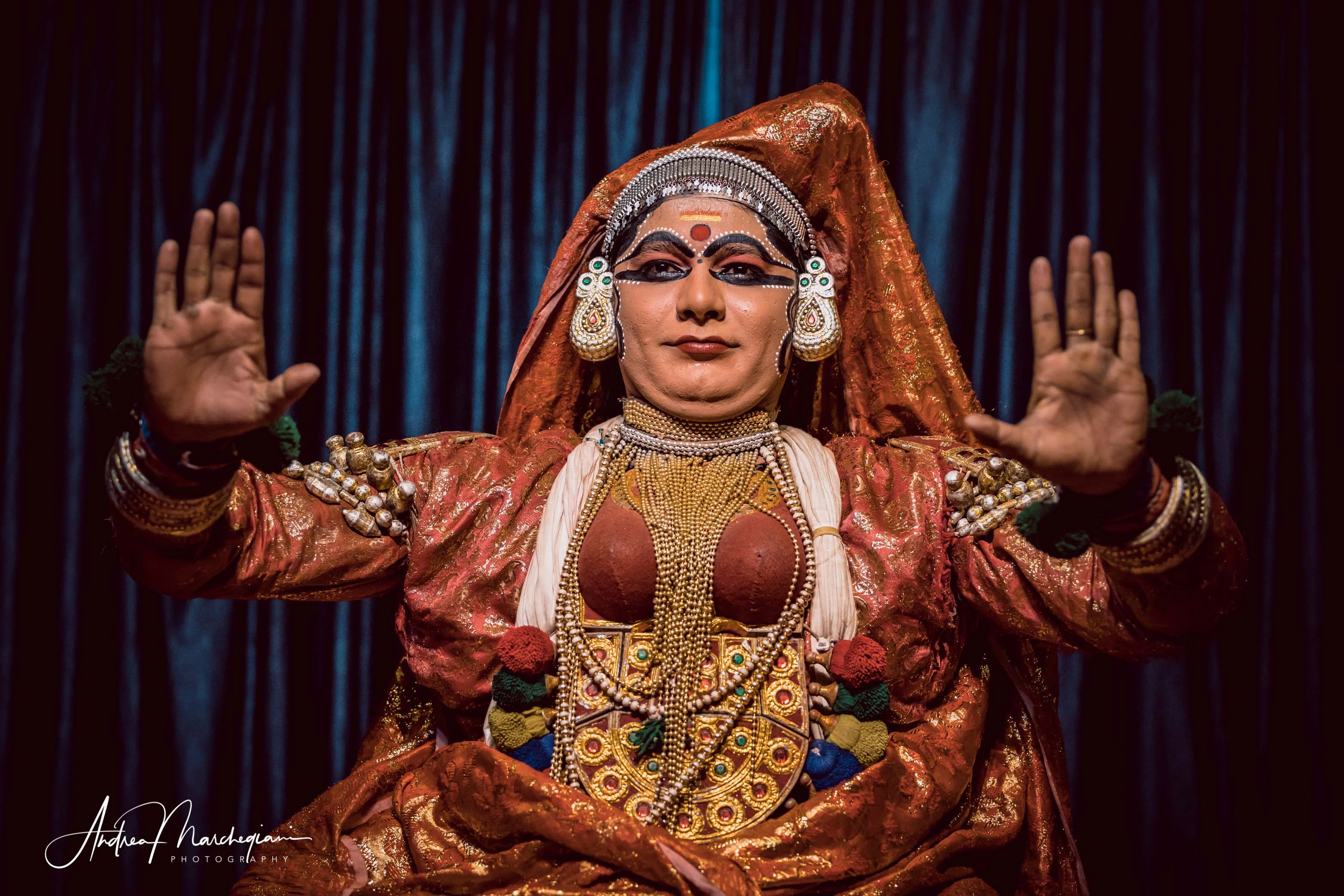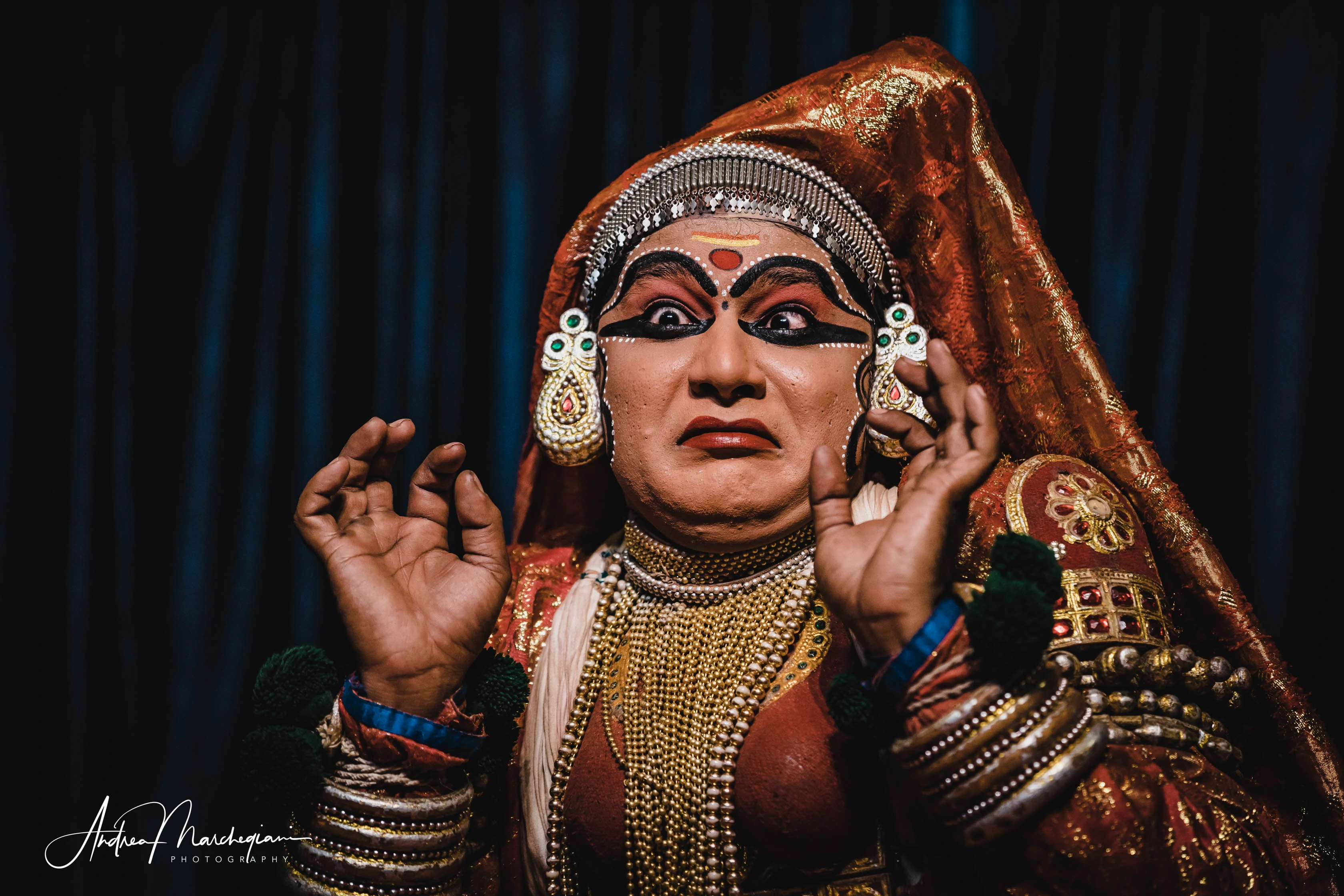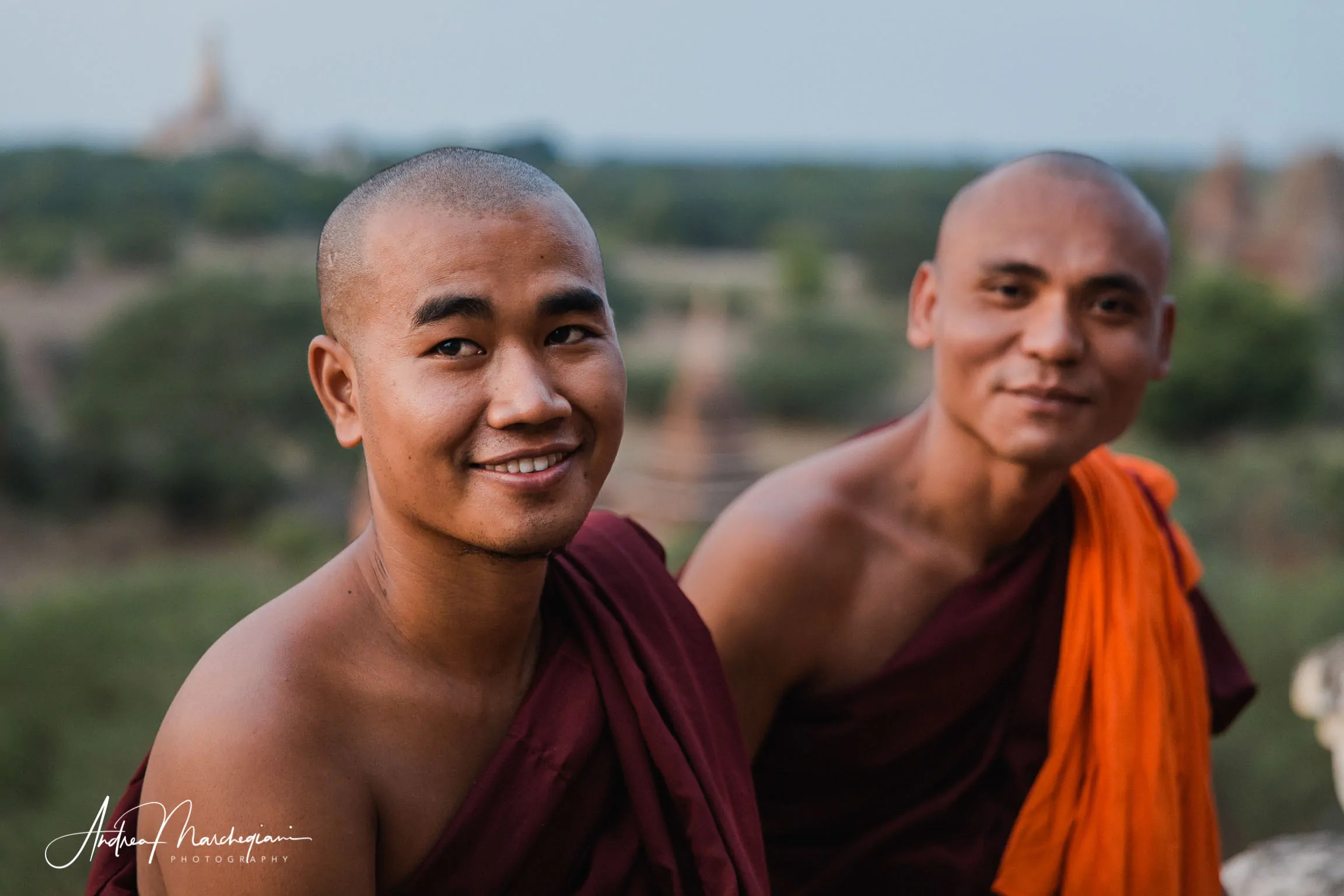
- Home
- Photo Galleries
- Portrait Photography
- Landscape Photography
- Street Photography
- China
- Ethiopia
- India
- Holy Ganges
- Varanasi
- Varanasi Ganga Aarti
- Varanasi, Manikarnika Ghat
- Varanasi Streets & Alleys
- Varanasi Demolition
- Varanasi Fruit Market
- Sarnath
- Brick Kilns
- Tamil Nadu, Chennai & Mamallapuram
- Tamil Nadu, Fort Tirumayam & Madurai
- Tamil Nadu, Tiruvannamalai & Thanjavur
- Kerala, Munnar
- Kerala, Peryiar
- Kerala, Backwaters
- Kerala, Kochi
- Kazakhstan
- Myanmar
- Senegal
- Uzbekistan
- Travel Blog
- China
- Ethiopia
- India
- Tamil Nadu & Kerala
- Varanasi
- Whato to do in Varanasi
- Varanasi Life along the Ghats
- Varanasi Death along the Ghats
- Varanasi Ganga Aarti Ceremony
- Varanasi demolished to honor Shiva
- Varanasi Fruit Market
- “Varanasi, A Journey into the Infinite”
- Sarnath
- All about River Ganges
- Holy Shit. All about Indian Cow Dung
- Clean India Project
- Brick factories
- Tilaka, pundra, bindi: what is the mark on Indian foreheads?
- Kazakhstan
- Mongolia
- Ulaanbaatar, the coldest capital in the world
- What to do in Ulaanbaatar
- Chinggis Khan Museum, 6 floors of Mongolian history
- Gorkhi-Terelj National Park and Bodgkhan Natural Reserve
- Altai Mountains, Things to do in Olgii and Sagsai
- Living with the Eagle Hunters
- Sagsai Eagle Festival
- Navrus Festival
- Xöömej, Mongolian throat singing
- Mongolian Food
- Myanmar
- Senegal
- Uzbekistan
- Latest Posts
- Photography Blog
- About
- Prints
One of the oldest forms of Indian theatre-dance, Kathakali is one of the most interesting folkloric elements of Kerala. Elaborate and exaggerated costumes, hypnotic and colorful tricks, gestures full of emotion and energy make the Kathakali dance a show not to be missed. To see is to believe!
Share with your friends:

Welcome to Thekkady
Thekkady is one of those names you struggle to memorize, even after you’ve been there. Yet this small town on the Ghati plateau gives me one of the most intense and stimulating days of my trip to Kerala and Tamil Nadu.
In Thekkady you come to explore, armed with binoculars, the heart of the Periyar National Park, the most famous wildlife reserve of southern India. But it is also a fantastic place to watch a Katakhali dance show, attend a typical cooking class and discover the adrenaline-pumping martial art of Kalaripayattu. In addition, the food in the restaurants is really great and the weather stays cool throughout the summer. So don’t miss it!

Kathakali Dance
Travelling with friends is an incredible form of personal and cultural enrichment. When Barbara, who is a professional choreographer, offers me to attend a Kathakali dance show, I don’t even know what she’s talking about, but the fact that her eyes shine makes me accept with enthusiasm.
So here we are in a bare small room, with a stage in worn wood and a really poor setting. It’s hot and the air’s a little stale. The musicians have not yet appeared on stage, the main actor is wearing makeup and dressing in front of a small audience. His transformation into one of the typical masks of the Hindu epic tradition is stunning. His face is very colorful, his clothes are baroque and excessive. I have just arrived and I am already kidnapped.



What is Kathakali dance?
Kathakali dance is one of the oldest forms of Indian dance theatre, dating from the 15th century and originating in Kerala. It’s a mixture of mime, dance, acting, religious rituals. The characters have faces painted with complex drawings of bright colors and interpret the most famous stories of Hindu epic poems, such as the Mahabharatha and the Ramayana.
The narration of the story starts from the music: a singer and a cenda player, which is a big drum, provide the actors with the words and the rhythm to dance on. The dancers interpret the emotions of the story with their own body, making use of mudras, highly evocative sacred gestures which allow the viewer to transcend at a spiritual level during the staging and thus reunite with the divine.
The dance is reserved only for men, who also play the female roles. It requires assiduous study and very hard concentration techniques, ranging from a strenuous training of eye movements to the practice of martial arts Kalaripayattu.

Makeup, costumes and characters
One of the most flamboyant elements of Kathakali dance is the actors’ makeup and costumes. However, it is not a decorative element, an end in itself, but an essential indicator to understand the identity of the characters, who are gods, demons, men, women and animals. Headdresses, prostheses and facial paintings are denotative elements of each mask and respect a precise code: red, for example, denotes an evil character, green expresses courage and dignity; yellow is reserved for saints, vagrants and women. Demons are painted black, but with spots or red stripes.

Coreography
The choreographies of the Kathakali dance are based on the strength of the gestures: the Hastamudras (30 different hand positions, each with a specific meaning) and the Navarasas (9 well-classified emotions ranging from love to apathy that must be communicated to the public with clear intention and physical attitude).
The actors’ faces play a leading role in the dance, especially the movement of the eyes: the percussion that accompanies the show have in fact their main effect not on the actor’s body, but on the eyebrows, chin, lips, neck and especially on the eyes, that shoot to the right and left, up and down, like crazy balls to the rhythm of the drum. Every part of the face moves independently of the others. Breaking the movement of the face muscles in this way requires years of study and a great concentration. It’s really impressive to look at.

Congratulations to the actors
When the show comes to an end, the actors enjoy playing with the audience.
They point to Daniele, my travelling companion, and invite him to take the stage. He’s too embarrassed to do it, but I force him to get up. The actors welcome him as the audience cheers up and improvise a funny sketch with him. And I must say that he is a very good actor! May it be the beginning of a new artistic career?
After the show, I approach the actors to compliment them and take away some curiosity. I discover that we have only seen a demonstration of what a Kathakali show is: we have been offered a two hour show which is a only small part of what is traditionally offered to the Indian public. An integral show lasts an entire night, from sunset to sunrise of the following day.
I also discover that it takes 6 to 10 years to become professional actors and 4 hours of training each day to keep your eyes trained and flexible. “I noticed that you have very red eyes. Is it because they get very tired?” I ask. “No. We blush them voluntarily, with an eggplant seed. It has a scenic effect, but is not harmful to the eyes”.

Women in Kathakali Dance
As already mentioned, the Kathakali dance is restricted to men, who also play female roles. Training is physically very difficult, so women were not considered strong enough to withstand a full show.
Precisely to disprove this unjust prejudice, in recent years, some Indian feminist movements have challenged tradition and claimed the right of women to learn and stage the techniques of Kathakali dance.
Some women-only companies have formed: the reviews about their performances are very respectable, so if you are to visit Kerala and you get the opportunity, do not miss it. You will witness the writing of an exciting new page of history. Well, herstory!

















